
Joseph Mallord William Turner Painting Reproductions 5 of 14
1775-1851
English Romanticism Painter
323 J. M. W. Turner Paintings

Simplon Pass c.1850
Paper Art Print
$61.47
$61.47
SKU: TJW-14490
Joseph Mallord William Turner
Original Size: 38 x 55.2 cm
Fogg Art Museum at Harvard University, Massachusetts, USA
Joseph Mallord William Turner
Original Size: 38 x 55.2 cm
Fogg Art Museum at Harvard University, Massachusetts, USA

Self-Portrait c.1791/93
Oil Painting
$1010
$1010
Canvas Print
$61.76
$61.76
SKU: TJW-14491
Joseph Mallord William Turner
Original Size: 52 x 42 cm
Indianapolis Museum of Art, Indiana, USA
Joseph Mallord William Turner
Original Size: 52 x 42 cm
Indianapolis Museum of Art, Indiana, USA

The Fifth Plague of Egypt 1800
Oil Painting
$1207
$1207
Canvas Print
$61.76
$61.76
SKU: TJW-14492
Joseph Mallord William Turner
Original Size: 122 x 183 cm
Indianapolis Museum of Art, Indiana, USA
Joseph Mallord William Turner
Original Size: 122 x 183 cm
Indianapolis Museum of Art, Indiana, USA
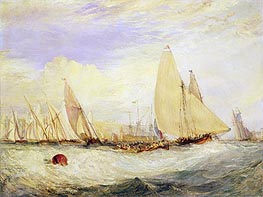
East Cowes Castle, the Seat of J. Nash, Esq., the ... 1828
Oil Painting
$1361
$1361
Canvas Print
$69.78
$69.78
SKU: TJW-14493
Joseph Mallord William Turner
Original Size: 90.2 x 120.7 cm
Indianapolis Museum of Art, Indiana, USA
Joseph Mallord William Turner
Original Size: 90.2 x 120.7 cm
Indianapolis Museum of Art, Indiana, USA
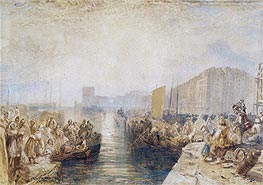
Le Havre: Sunset c.1827
Paper Art Print
$58.49
$58.49
SKU: TJW-14494
Joseph Mallord William Turner
Original Size: 17.8 x 26 cm
Indianapolis Museum of Art, Indiana, USA
Joseph Mallord William Turner
Original Size: 17.8 x 26 cm
Indianapolis Museum of Art, Indiana, USA

Angers: The Walls of Doutre with the Tower of the ... c.1826
Paper Art Print
$58.49
$58.49
SKU: TJW-14495
Joseph Mallord William Turner
Original Size: 14 x 19 cm
Indianapolis Museum of Art, Indiana, USA
Joseph Mallord William Turner
Original Size: 14 x 19 cm
Indianapolis Museum of Art, Indiana, USA
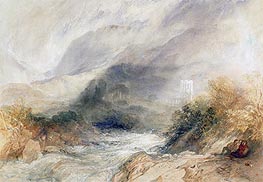
Llanthony Abbey, Monmouthshire 1834
Paper Art Print
$58.49
$58.49
SKU: TJW-14496
Joseph Mallord William Turner
Original Size: 30 x 42.5 cm
Indianapolis Museum of Art, Indiana, USA
Joseph Mallord William Turner
Original Size: 30 x 42.5 cm
Indianapolis Museum of Art, Indiana, USA

Arundel on the River Arun n.d.
Paper Art Print
$58.49
$58.49
SKU: TJW-14497
Joseph Mallord William Turner
Original Size: 15.8 x 22.8 cm
Indianapolis Museum of Art, Indiana, USA
Joseph Mallord William Turner
Original Size: 15.8 x 22.8 cm
Indianapolis Museum of Art, Indiana, USA
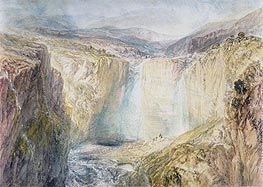
Fall of the Tees, Yorkshire c.1825/26
Paper Art Print
$58.49
$58.49
SKU: TJW-14498
Joseph Mallord William Turner
Original Size: 28.1 x 38.3 cm
Indianapolis Museum of Art, Indiana, USA
Joseph Mallord William Turner
Original Size: 28.1 x 38.3 cm
Indianapolis Museum of Art, Indiana, USA

Dunstaffnage c.1832/35
Paper Art Print
$58.49
$58.49
SKU: TJW-14499
Joseph Mallord William Turner
Original Size: 9.5 x 12.6 cm
Indianapolis Museum of Art, Indiana, USA
Joseph Mallord William Turner
Original Size: 9.5 x 12.6 cm
Indianapolis Museum of Art, Indiana, USA

Bellinzona 1842
Paper Art Print
$58.49
$58.49
SKU: TJW-14500
Joseph Mallord William Turner
Original Size: 23 x 28.5 cm
Indianapolis Museum of Art, Indiana, USA
Joseph Mallord William Turner
Original Size: 23 x 28.5 cm
Indianapolis Museum of Art, Indiana, USA
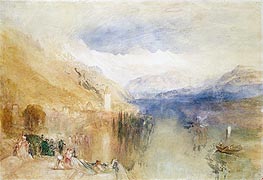
Oberhofen, Lake Thun c.1848
Paper Art Print
$60.49
$60.49
SKU: TJW-14501
Joseph Mallord William Turner
Original Size: 37.8 x 54.6 cm
Indianapolis Museum of Art, Indiana, USA
Joseph Mallord William Turner
Original Size: 37.8 x 54.6 cm
Indianapolis Museum of Art, Indiana, USA
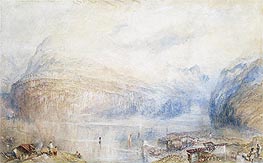
Lake of Lucerne from Brunnen 1845
Paper Art Print
$58.49
$58.49
SKU: TJW-14502
Joseph Mallord William Turner
Original Size: 28 x 46.3 cm
Indianapolis Museum of Art, Indiana, USA
Joseph Mallord William Turner
Original Size: 28 x 46.3 cm
Indianapolis Museum of Art, Indiana, USA
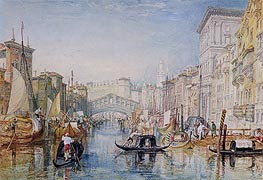
Venice, The Rialto c.1820/21
Paper Art Print
$58.49
$58.49
SKU: TJW-14503
Joseph Mallord William Turner
Original Size: 28.6 x 41.3 cm
Indianapolis Museum of Art, Indiana, USA
Joseph Mallord William Turner
Original Size: 28.6 x 41.3 cm
Indianapolis Museum of Art, Indiana, USA

Remagen, Erpel and Linz 1817
Paper Art Print
$58.49
$58.49
SKU: TJW-14504
Joseph Mallord William Turner
Original Size: 18.4 x 32.1 cm
Indianapolis Museum of Art, Indiana, USA
Joseph Mallord William Turner
Original Size: 18.4 x 32.1 cm
Indianapolis Museum of Art, Indiana, USA

Rosslyn Castle c.1820
Paper Art Print
$58.49
$58.49
SKU: TJW-14505
Joseph Mallord William Turner
Original Size: 17.7 x 26 cm
Indianapolis Museum of Art, Indiana, USA
Joseph Mallord William Turner
Original Size: 17.7 x 26 cm
Indianapolis Museum of Art, Indiana, USA
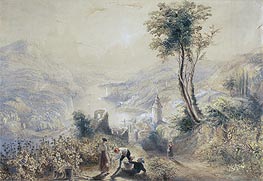
Berncastle (Oberwesel) n.d.
Paper Art Print
$58.49
$58.49
SKU: TJW-14506
Joseph Mallord William Turner
Original Size: 33 x 48 cm
Indianapolis Museum of Art, Indiana, USA
Joseph Mallord William Turner
Original Size: 33 x 48 cm
Indianapolis Museum of Art, Indiana, USA
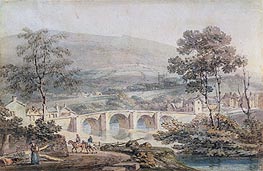
Matlock 1794
Paper Art Print
$58.49
$58.49
SKU: TJW-14507
Joseph Mallord William Turner
Original Size: 11 x 17 cm
Indianapolis Museum of Art, Indiana, USA
Joseph Mallord William Turner
Original Size: 11 x 17 cm
Indianapolis Museum of Art, Indiana, USA
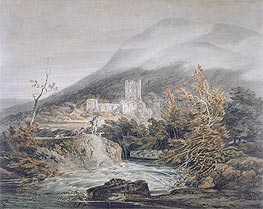
Llanthony Abbey, Monmouthshire c.1792
Paper Art Print
$58.49
$58.49
SKU: TJW-14508
Joseph Mallord William Turner
Original Size: 21.3 x 27 cm
Indianapolis Museum of Art, Indiana, USA
Joseph Mallord William Turner
Original Size: 21.3 x 27 cm
Indianapolis Museum of Art, Indiana, USA
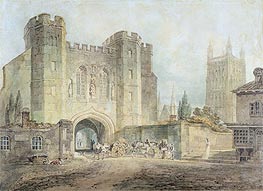
King Edgar's Gate, Worcester c.1794
Paper Art Print
$58.49
$58.49
SKU: TJW-14509
Joseph Mallord William Turner
Original Size: 30.6 x 42 cm
Indianapolis Museum of Art, Indiana, USA
Joseph Mallord William Turner
Original Size: 30.6 x 42 cm
Indianapolis Museum of Art, Indiana, USA
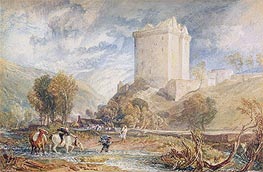
Borthwick Castle 1818
Paper Art Print
$58.49
$58.49
SKU: TJW-14510
Joseph Mallord William Turner
Original Size: 16.2 x 24.1 cm
Indianapolis Museum of Art, Indiana, USA
Joseph Mallord William Turner
Original Size: 16.2 x 24.1 cm
Indianapolis Museum of Art, Indiana, USA

Borrowdale, Rosthwaite Bridge and Castle Crag c.1798/99
Paper Art Print
$58.49
$58.49
SKU: TJW-14511
Joseph Mallord William Turner
Original Size: 52.1 x 80 cm
Minneapolis Institute of Arts, Minnesota, USA
Joseph Mallord William Turner
Original Size: 52.1 x 80 cm
Minneapolis Institute of Arts, Minnesota, USA
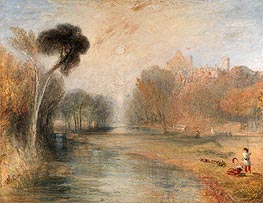
Rosenau Castle, Coburg n.d.
Oil Painting
$1203
$1203
Canvas Print
$72.34
$72.34
SKU: TJW-14543
Joseph Mallord William Turner
Original Size: 96.5 x 124.5 cm
Yale Center for British Art, Connecticut, USA
Joseph Mallord William Turner
Original Size: 96.5 x 124.5 cm
Yale Center for British Art, Connecticut, USA
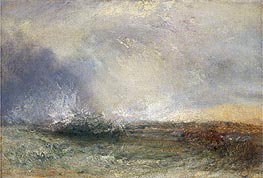
Stormy Sea Breaking on a Shore n.d.
Oil Painting
$817
$817
Canvas Print
$62.47
$62.47
SKU: TJW-14544
Joseph Mallord William Turner
Original Size: 44.5 x 63.5 cm
Yale Center for British Art, Connecticut, USA
Joseph Mallord William Turner
Original Size: 44.5 x 63.5 cm
Yale Center for British Art, Connecticut, USA